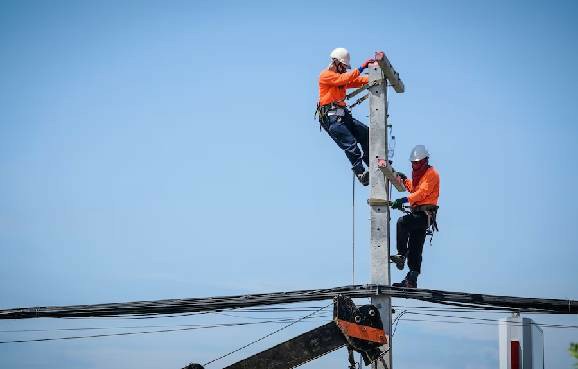Essential Safety Gear for Working at Heights: A Complete Guide
Working at heights poses significant risks, making proper safety gear essential for every worker on elevated platforms. This guide provides an in-depth overview of essential safety equipment, proper usage techniques, and maintenance tips to help ensure compliance with safety regulations and protect workers on the job.
The Importance of Safety Gear for Working at Heights
Falls from elevation remain one of the most common causes of workplace injuries and fatalities. Therefore, having the right safety gear is not just a recommendation; it is a necessity governed by safety regulations. Various gears mitigate the risks by securely anchoring workers, preventing falls, and providing impact protection.
Essential Safety Gear for Working at Heights
Here’s a breakdown of the fundamental safety equipment:
- Safety Harnesses
A safety harness is critical for fall prevention. They secure workers to an anchor point, arresting falls if they occur. Ensure that the harness fits properly, with no excess slack, and is rated for the type of work being done.
- Lanyards
These are used in conjunction with safety harnesses and connect the harness to an anchor point. A shock-absorbing lanyard helps reduce fall impact on the body. Regularly check for fraying or wear and replace lanyards showing signs of damage.
- Anchor Points
A reliable anchor point is crucial for fall protection. They should be a stable structure capable of supporting substantial loads. Perform regular inspections to ensure stability and integrity.
- Helmets
Head protection is vital in working at heights, especially against falling debris. Choose helmets that meet safety standards and fit snugly. Inspect daily for cracks or damage.
- Gloves
Protective gloves provide grip and reduce the risk of hand injuries while handling tools and equipment. Ensure they are appropriate for the tasks at hand, offering both protection and dexterity.
- Fall Arrest Systems
These systems comprise various components (like harnesses, anchor points, and lanyards) designed to keep workers safe and minimize injury if a fall occurs. Regularly test the system's effectiveness.
Proper Usage of Safety Gear
Following best practices in using safety gear enhances worker safety:
- Conduct risk assessments before each task to determine appropriate safety equipment.
- Always wear a safety harness when working at heights above a designated level.
- Ensure that lanyards are properly attached to both the harness and the anchor points.
- Check equipment prior to use to confirm all components are intact and in good condition.
- Participate in certified Working at Heights training to stay informed about safety practices and usage protocols.
Maintenance Tips for Safety Gear
Maintenance of safety equipment is crucial to ensure ongoing compliance and safety. Here are key maintenance tips:
- Perform pre-use inspections of all equipment to catch any potential issues immediately.
- Store equipment properly in a clean, dry, and safe environment away from harsh conditions.
- Follow manufacturer guidelines for cleaning, and never use chemicals that could weaken the material.
- Schedule regular professional inspections of all fall protection gear at recommended intervals.
- Maintain a log of inspections, maintenance, and any repairs completed.
Industry Safety Regulations
Many regulations mandate the use of specific protective gear for Working at Heights. In Ireland, companies must comply with the Safety, Health and Welfare at Work (General Applications) Regulations, which outlines duties for employers to ensure workers are safe when working at heights and maintain safety gear to EU standards.
Enroll in Working at Heights Training
Participating in a Working at Heights Course, such as those available online or in person, is critical for learning about the proper use and maintenance of safety gear. Certification in this area helps ensure compliance with regulations and enhances workplace safety.
Conclusion
Proper safety gear is an essential aspect of working at heights. By understanding the necessary equipment, how to use it correctly, and maintenance best practices, both employers and employees can create a safer working environment. Don’t leave safety to chance—invest in training and gear today.
Get Started with Certified Training
For more information on Working at Heights Training, contact us at [email protected]. Ensure your workplace meets safety standards and your team is trained effectively!



 349,500 Offered Certificates
349,500 Offered Certificates
 24/7 Online Training
24/7 Online Training
 Money Back Guarantee
Money Back Guarantee
 Fully Accredited Courses
Fully Accredited Courses
